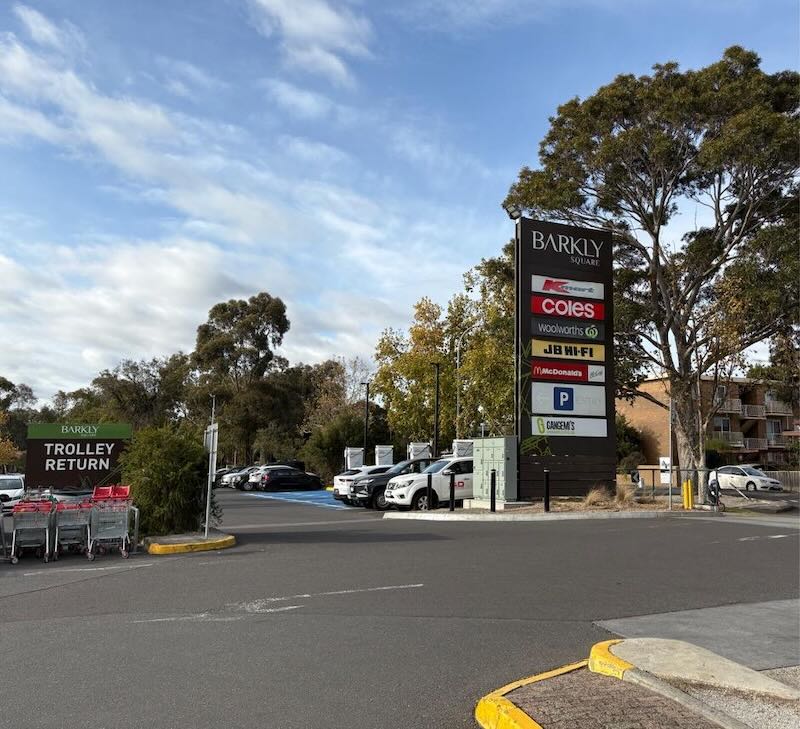
For three years, a Melbourne resident has been navigating the challenges of owning an electric vehicle (EV) without the convenience of home charging. Instead, the car, parked on the kerb, relies entirely on the public charging network. This scenario, while not uncommon, highlights the evolving landscape of EV infrastructure in urban areas.
Unlike many EV owners who can plug in at home, this driver must strategically plan charging sessions at public stations. Fortunately, the car’s limited use—averaging around 8,000 km annually, or about 150 km per week—means charging is required only once a week. This is significantly less than the Victorian average of 12,400 km per year.
Challenges of Public Charging
Charging the vehicle involves maintaining the battery within a 25% to 85% range. This strategy prevents battery degradation and aligns with manufacturer recommendations. However, the process is not without its quirks. The car, for instance, is slow to charge beyond 90%, and the charge tends to leak even when the vehicle is off.
Historically, a typical charging session took about 40 minutes, but recent improvements have reduced this to 30 minutes, adding roughly 100 km of range. Despite the convenience, the cost of charging has been creeping up, with prices rising from 40¢ per kWh to 64¢, closely approaching the cost of petrol.
In 2023, the cost of charging reached $6.70 for 21 kWh, with some providers testing prices as high as 75¢ per kWh.
Evolution of the Charging Network
The public charging network in Melbourne has seen significant growth over the past few years. Initially, charging points were scarce and often slow, requiring hours to fully charge a vehicle. Many locations also demanded users bring their own cables, complicating the process further.
As more 50 kWh DC fast chargers appeared in urban areas, the situation improved. These chargers, initially concentrated along highways, began to pop up closer to residential areas, offering more convenience to city dwellers.
However, the early days of the network were marked by frequent queueing and unreliable service. Drivers often found themselves waiting at call centers to resolve issues with power, payment, and connectivity. Free charging points, while enticing, were rarely available due to high demand.
Historical Parallels and Future Prospects
The challenges faced by today’s EV owners echo those of early 20th-century motorists, who purchased petrol in cans from local shops. Just as the development of purpose-built service stations revolutionized petrol distribution, the expansion of dedicated charging sites is transforming EV infrastructure.
In recent months, the local charging landscape has entered a new phase. Two reliable fast chargers were installed at a nearby supermarket, eliminating the need for trips to less convenient locations. Additionally, a nearby shopping center opened a site with eight charging points, further easing access.
“Today, we are spoilt for recharging choice and can put away our mental maps. The servo of the future has arrived.”
The growth of public charging networks is expected to continue as investors fund further expansion. While prices may remain high in the short term, increased competition could eventually drive costs down. As the network matures, the focus will likely shift to improving speed, reliability, and accessibility.
For now, Melbourne’s urban EV owners can enjoy a more robust and convenient charging infrastructure, signaling a promising future for electric mobility in the city.






